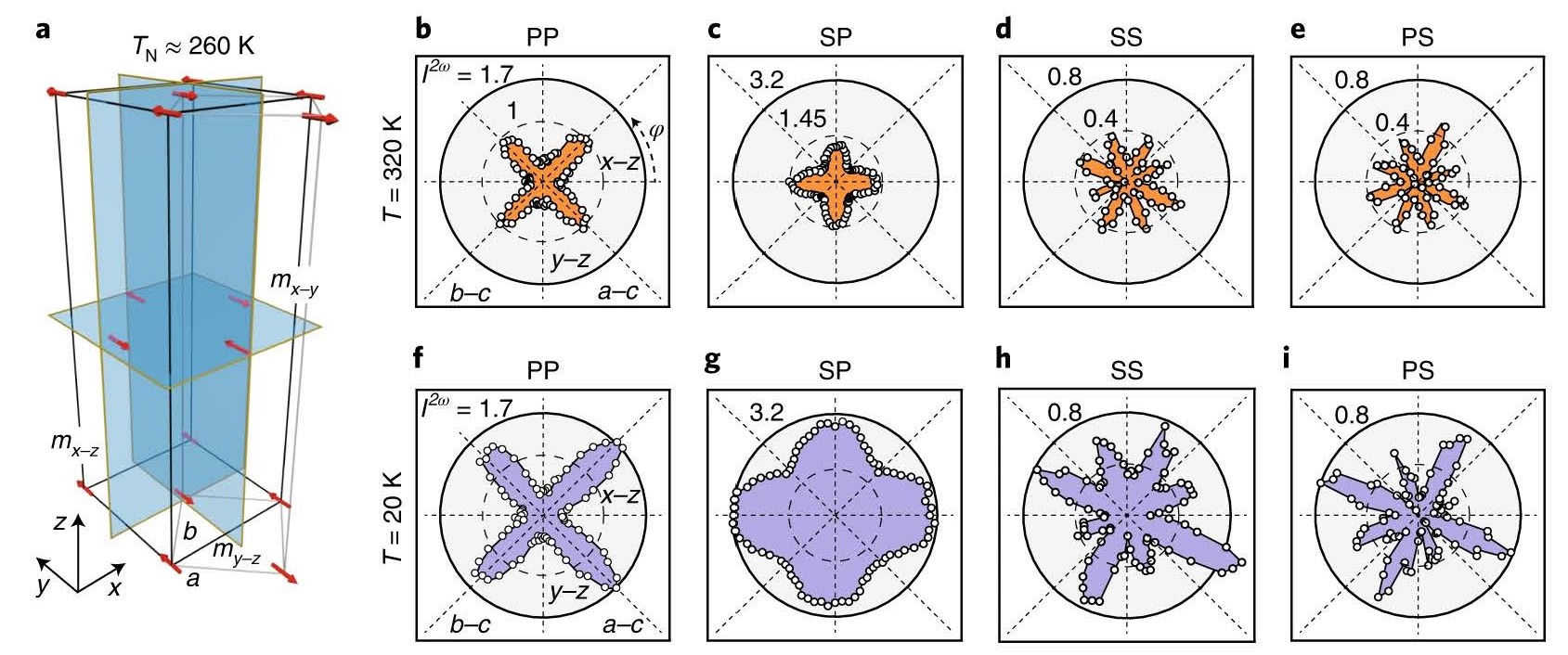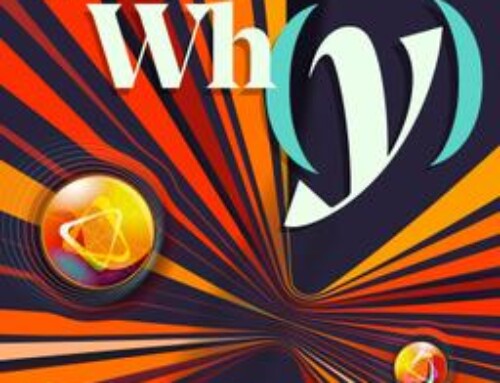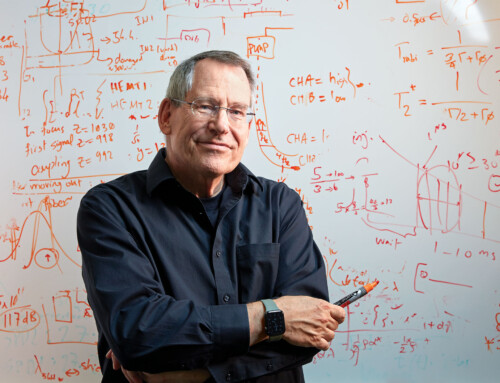In a new Nature Physics paper by the Hsieh group, they explore one of the most actively studied issues in the cuprates – the natures of the pseudogap and strange metal states and their relationship to superconductivity1. Read the full paper: A. de la Torre, K.L. Seyler, L. Zhao, S. Di Matteo, M.S. Schueurer, Y. Li, B. Yu, M.Greven, S. Sachdev, M.R. Norman, D. Hsieh Mirror symmetry breaking in a model insulating cuprate. Nat. Phys. (2021).
There is general agreement that the low-energy physics of the Mott-insulating parent state is well captured by a two-dimensional spin S = 1/2 antiferromagnetic Heisenberg model2. However, recent observations of a large thermal Hall conductivity in several parent cuprates appear to defy this simple model and suggest proximity to a magneto-chiral state that breaks all mirror planes that are perpendicular to the CuO2 layers3,4,5,6.Here we use optical second harmonic generation to directly resolve the point group symmetries of the model parent cuprate Sr2CuO2Cl2. We report evidence of an order parameter that breaks all perpendicular mirror planes and is consistent with a magneto-chiral state in zero magnetic field. Although this order is clearly coupled to the antiferromagnetism, we are unable to realize its time-reversed partner by thermal cycling through the antiferromagnetic transition temperature or by sampling different spatial locations. This suggests that the order onsets above the Néel temperature and may be relevant to the mechanism of pseudogap formation.

a, AFM structure of Sr2CuO2Cl2 showing the spatial symmetry generators (my–z, mx–z and mx–y) of its orthorhombic mmm1′ point group. Moments are aligned along the y axis [1¯10] direction. Although time-reversal symmetry is locally broken at each Cu site, it is restored upon translation by an in-plane lattice vector.



